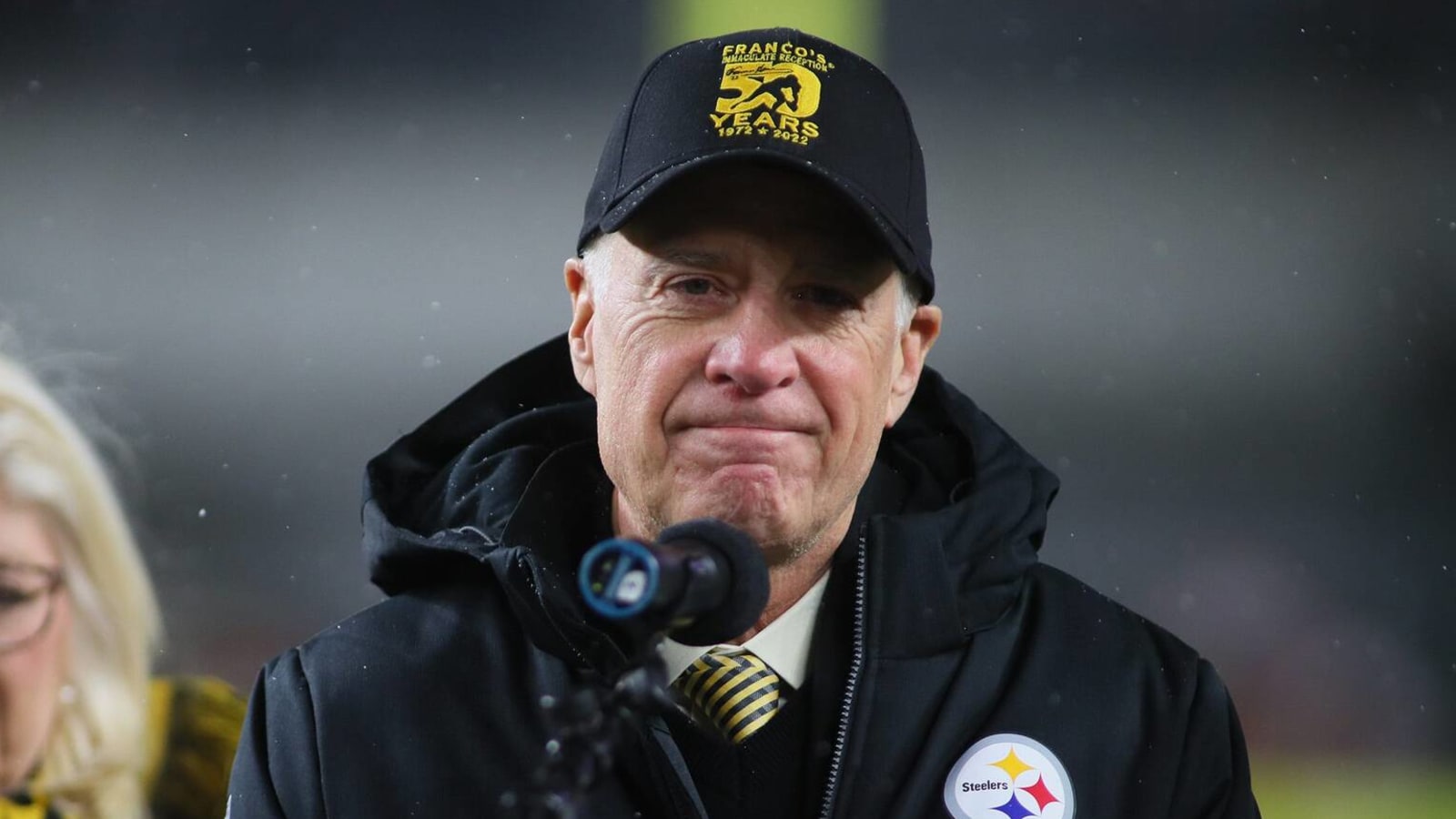
They call it the City of Champions, and for good reason. Pittsburgh, Pennsylvania, a town forged in the fires of the steel industry, has a legacy of sports greatness. But there's one team that stands head and shoulders above the rest – the Pittsburgh Steelers. Six Super Bowl trophies gleam in their case. Their history is filled with iconic players, heart-stopping moments, and a fan base as loyal as they come. This is far more than just a club; it's an institution, a symbol of grit and determination that defines the city itself.
The Early Days
Let's rewind. The early years were rough. Founded way back in 1933, the Steelers spent decades as the NFL's doormats. Fans stuck with them, though. Blue-collar Pittsburgh saw something of itself reflected in that team. They kept fighting, just like the men in the mills.
Then came the 1970s and a seismic shift. Enter Chuck Noll, the stoic head coach who demanded discipline and instilled a defensive mentality that would become legendary. The "Steel Curtain" was born – "Mean" Joe Greene, Jack Lambert, L.C. Greenwood, their names still strike fear into the hearts of old-school quarterbacks.
The offense found its engine, too. Terry Bradshaw, the blonde gunslinger from Louisiana, matured from a shaky youngster into a four-time Super Bowl champion. Franco Harris churned out yards, Rocky Bleier provided an underdog's heart, and Lynn Swann soared for impossible catches.
It wasn't just talent, it was an era. The Steelers embodied the toughness of the 1970s. Hard hits. Smashmouth football. Suddenly, Pittsburgh wasn't just a steel town, it was Titletown. The first Super Bowl wins came in 1975 and 1976, then a feat no team had ever achieved: back-to-back Super Bowl victories twice over.
Dominance like that changes a city. The Steelers became a rallying point, a source of pride in a place used to battling economic hardship. Fans weren't just fans, they were the Steeler Nation. And they had a symbol: the Terrible Towel. Twirling those yellowish-gold symbols of unity became a gameday ritual that fueled the home-field advantage at Three Rivers Stadium. But that’s something only football can do. It inspires everything from slots available at online casinos for real money to the very cultural fiber of American society. It’s something very little sports can do.
Black and Gold in Modern Times
Time moves on, even for dynasties. The '80s and '90s brought new challenges, playoff heartbreak, and a sense that maybe the glory days were gone. But Pittsburgh never wavered. The Steelers have a knack for finding gems in the draft, unearthing the next generation of stars.
The 2000s brought a resurgence. Bill Cowher, jaw clenched, led a team built on a punishing defense echoing the Steel Curtain days. Ben Roethlisberger, emerged as a quarterback as tough and relentless as the city he played for. The fifth Super Bowl victory in 2006 was pure drama, followed by number six just three years later, solidifying their place among the NFL's all-time greats.
It hasn't been all sunshine and parades. Coaches have come and gone, star players occasionally cause headaches, and those elusive championships sometimes feel far away. But through it all, there's a certain expectation in Pittsburgh. Mike Tomlin has taken the helm, and the winning tradition continues – he hasn't had a single losing season as head coach.
The names on the jerseys change, but the heart of the Pittsburgh Steelers remains the same. This is a franchise built on hard work, physicality, and the unwavering belief that they can overcome any obstacle. They don't rebuild, they reload. For opponents, coming to Pittsburgh is never an easy out. The black and gold jerseys, the Terrible Towels waving, it's an atmosphere that still sends a chill down spines.
But the Steelers' legacy stretches beyond the field. This city and this team are inseparable. In Pittsburgh, where generations grew up in the shadow of steel mills, the Steelers represent the same fighting spirit, the ability to rise again, stronger than before. They aren't flashy or loud; they win with a workmanlike focus that mirrors their hometown.
So, can they climb back to Super Bowl glory? Will the city of Pittsburgh celebrate a seventh championship? In football, anything is possible. But one thing's certain: as long as those black and gold jerseys take the field, as long as the Terrible Towels wave, the Steelers will keep swinging. That's not just tradition, it's who they are.
More must-reads:
- An optimist's guide to the 2024 Tampa Bay Buccaneers
- An optimist's guide to the 2024 New Orleans Saints
- The 'Recent seasons with 1,000 receiving yards' quiz
Breaking News
Customize Your Newsletter
 +
+
Get the latest news and rumors, customized to your favorite sports and teams. Emailed daily. Always free!

